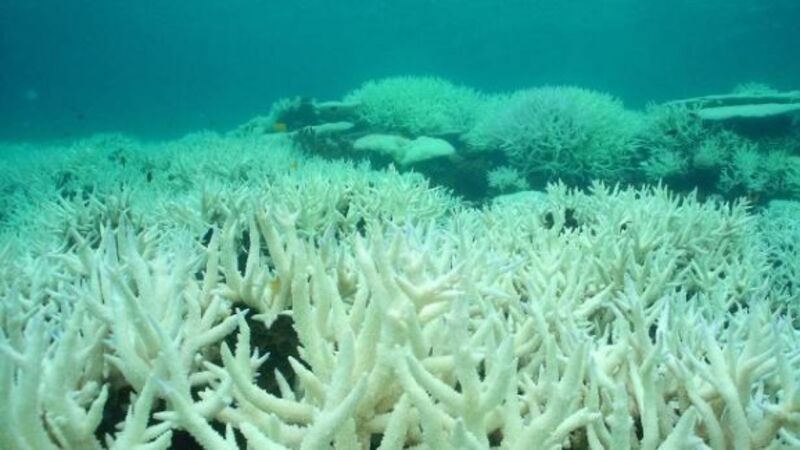Action on climate change needed to save World Heritage sites

Climate change has claimed another victim. Almost one-quarter of the coral in Australia’s Great Barrier Reef World Heritage Area — one of the world’s richest and most complex ecosystems — has died this year, in the worst mass coral bleaching in recorded history. Even in the far northern reaches of the Reef, long at a sufficient distance from human pressures like coastal development to preserve, to a large extent, coral health, a staggering 50% of the coral has died.
The above-average sea temperatures that triggered this bleaching were made 175 times more likely by climate change. As the ocean continues to absorb heat from the atmosphere, large-scale coral bleaching like that which has decimated the Great Barrier Reef —not to mention other destructive phenomena spurred by rising temperatures — is likely to become even more frequent and devastating.
















